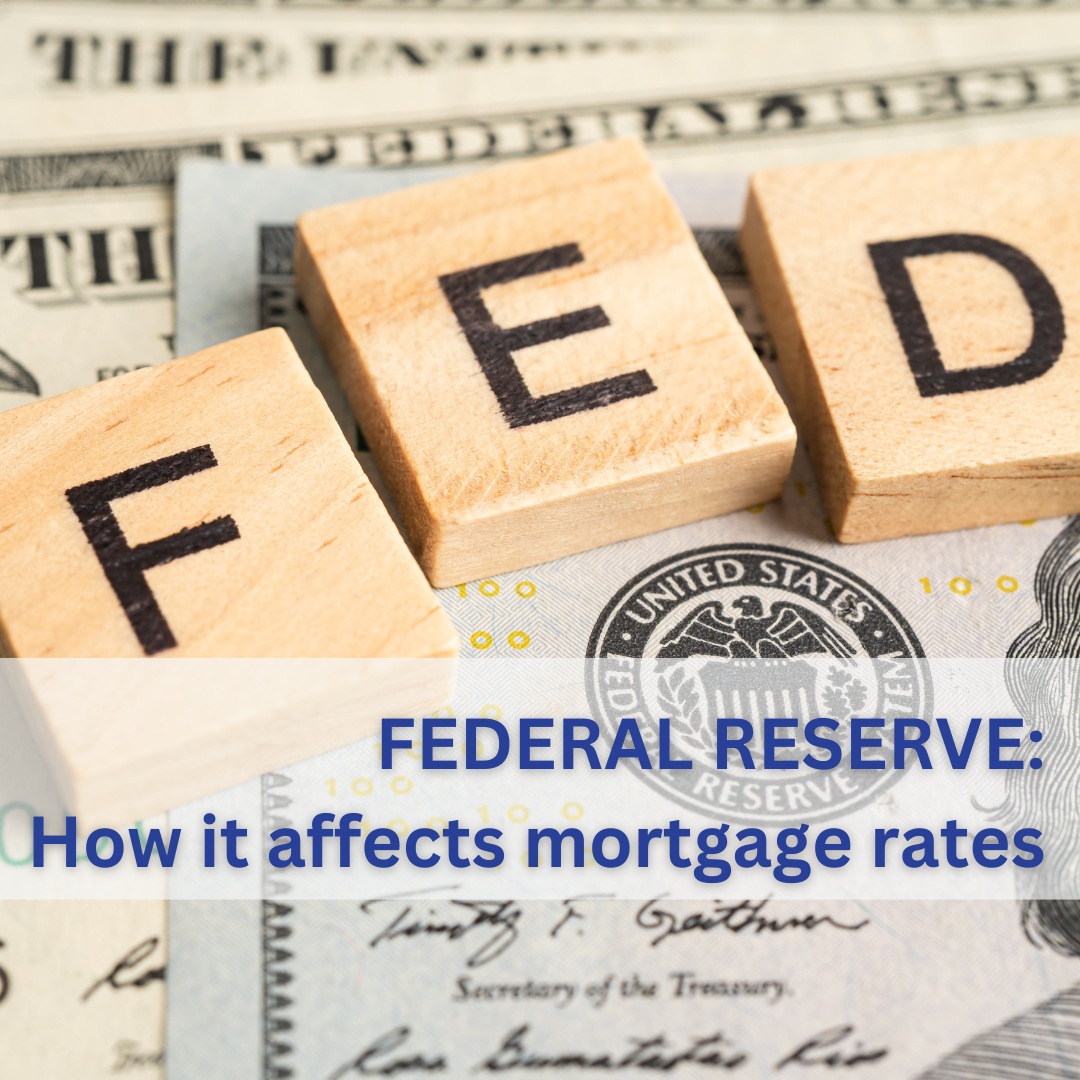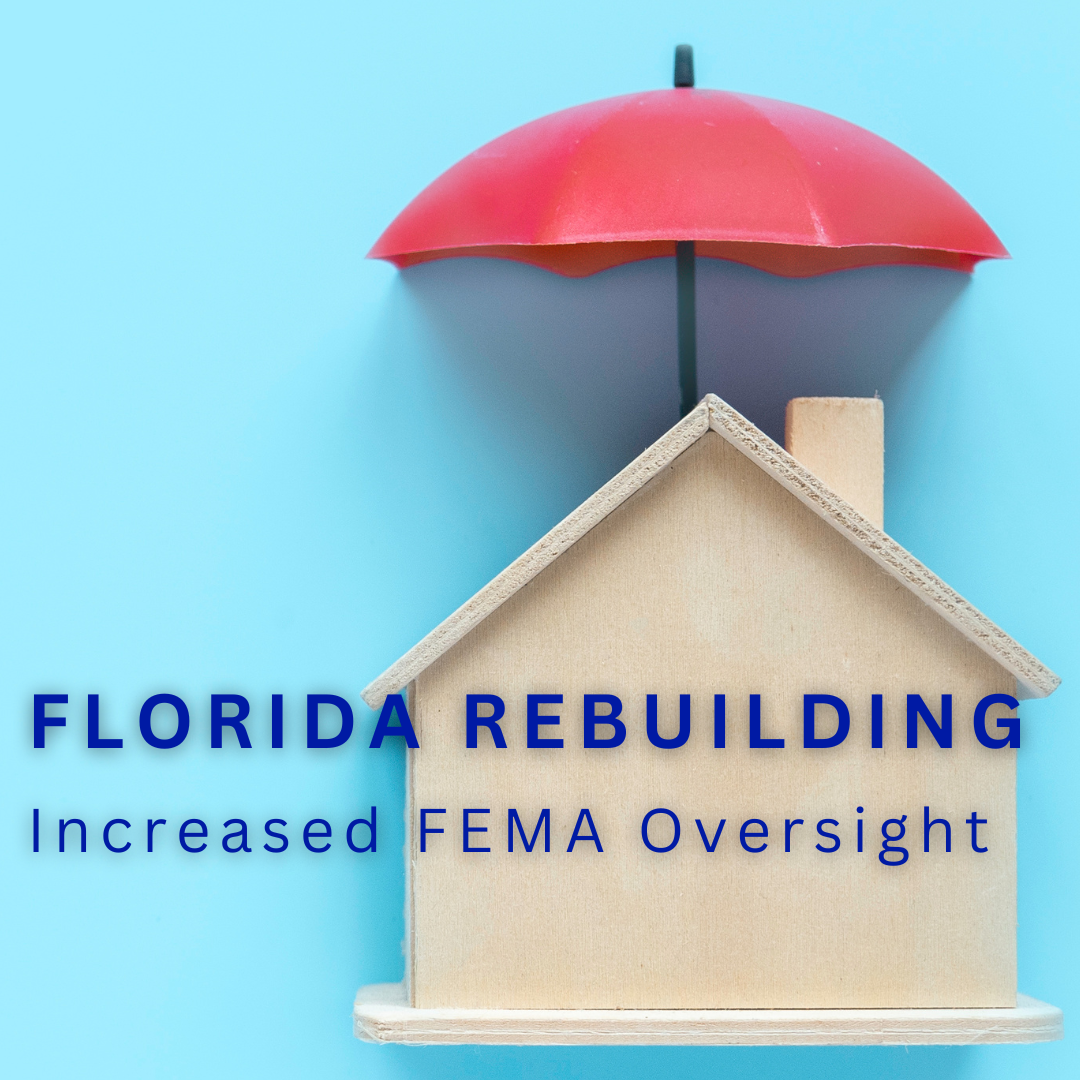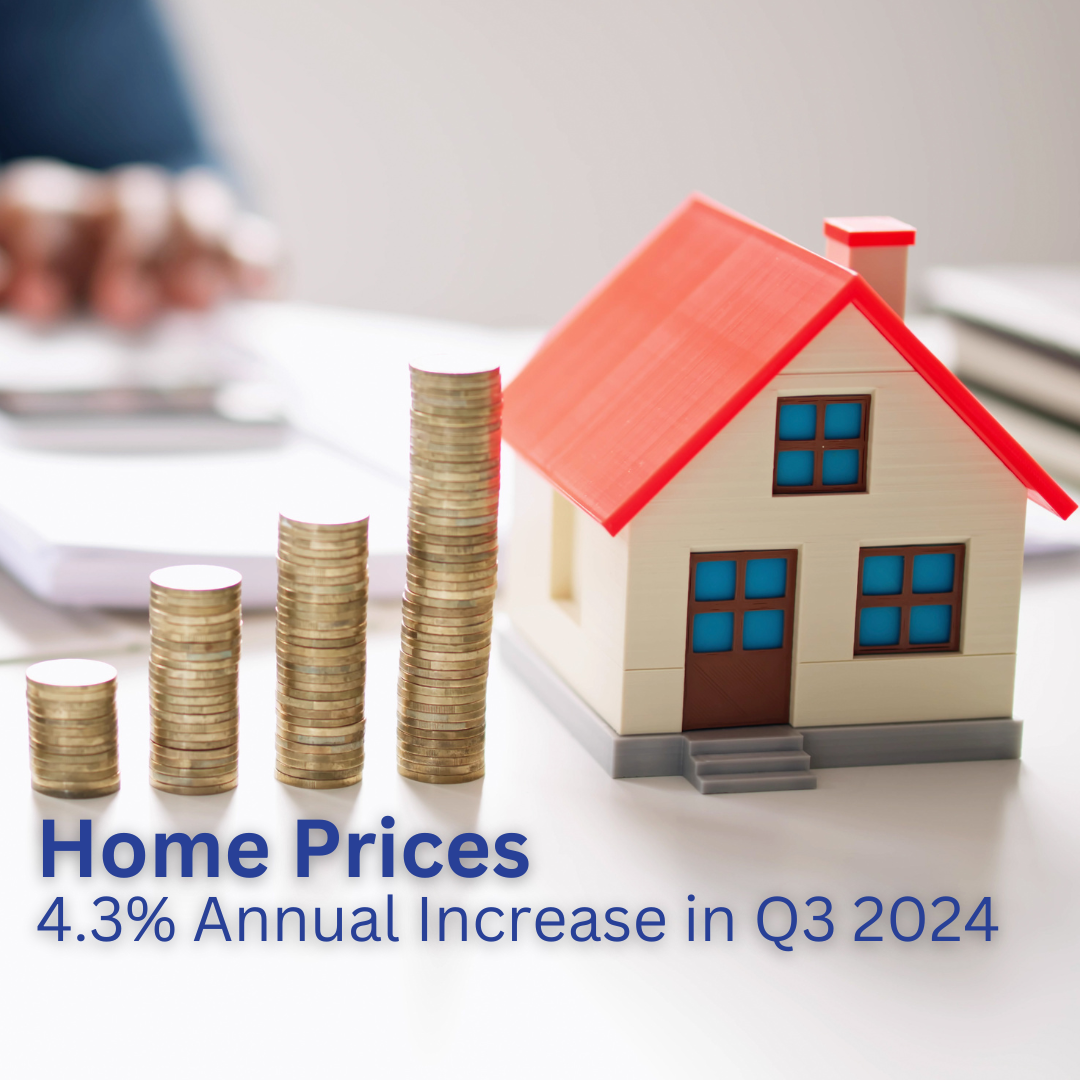7 Smart Ways to Budget for Your 2025 Home Remodeling Project
Home remodeling expenses in the U.S. are projected to soar to $569 billion in 2025, despite a temporary dip in 2024, according to Statista. Whether you’re planning a complete home renovation or focusing on one area, the cost can range from $20,000 to $300,000 depending on factors like home size, project scope, location, labor, and material prices.
If you're considering a home remodel to enhance both comfort and property value, careful budgeting is key. Here are seven smart strategies to help you plan and manage your remodeling budget in 2025.
1. Set a Realistic Budget
Before getting started, determine how much you’re willing to spend. Prioritize essential projects over wish-list items to stay within your budget. Functional upgrades and projects that add value to your home, like kitchen or bathroom renovations, should top your list.
Use budgeting tools like spreadsheets to track expenses. Monitoring your spending in real-time can prevent costly surprises and keep you on track.
2. Research and Estimate Costs
Get an idea of how much your projects will cost by using online home improvement calculators. Platforms like Fixr, Angi, and Forbes Home offer free tools to provide ballpark figures. These estimates will help you gauge the costs until you start interviewing contractors and gather quotes.
3. Gather Multiple Bids
When it’s time to hire professionals, meet with at least three contractors to get quotes. Verify contractors through platforms like Yelp, Angie’s List, or the Better Business Bureau. Confirm their licenses and insurance are valid by checking with local agencies.
4. Adjust and Cut Costs
If initial bids exceed your budget, explore ways to reduce expenses:
-
Choose Mid-Grade Materials: Instead of premium materials, opt for more affordable alternatives without sacrificing style.
-
DIY Simple Projects: Tackle tasks like painting, minor demolition, or installing shelves yourself.
-
Shop at Salvage Yards: Purchase discounted materials from salvage yards, reuse centers, or even surplus stock from your contractor.
-
Repurpose Materials: Get creative by transforming old wood or vintage fixtures into beautiful design elements.
5. Pay with Cash When Possible
Financial expert Suze Orman advises homeowners to avoid relying on loans like Home Equity Lines of Credit (HELOCs) whenever possible. Instead, save up and pay with cash to avoid accruing debt and interest. Focus on must-have projects rather than luxury upgrades.
6. Tap into Emergency Savings
If you have a robust emergency fund of at least 12 months’ worth of expenses, using a portion of it may be a viable option. However, keep at least six months of expenses untouched to ensure financial security.
7. Explore Financing Wisely
If cash isn’t an option, home equity loans or cash-out refinancing may be worth considering. Jennifer Beeston, SVP of Mortgage Lending at Guaranteed Rate Mortgage, emphasizes the importance of having a detailed financial plan before applying for financing.
“Understand your total project costs and weigh your financing options carefully,” she says. “A well-planned remodel can boost your home’s value, but unexpected costs can derail your budget without careful planning.”
Final Thoughts
A successful remodel starts with a realistic budget, thorough research, and smart financial decisions. By following these seven tips, you’ll be well on your way to creating a beautiful, functional space while keeping your finances intact.
For personalized home improvement advice and real estate insights in South Florida, contact Team Kaplan at RE/MAX. We’re here to help you maximize your home’s value every step of the way!
Categories
Recent Posts











